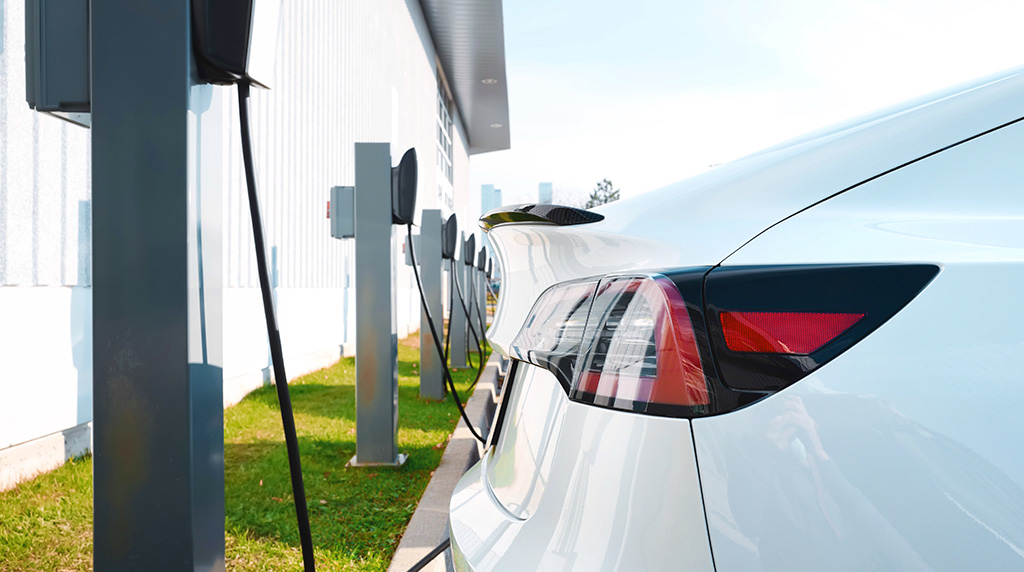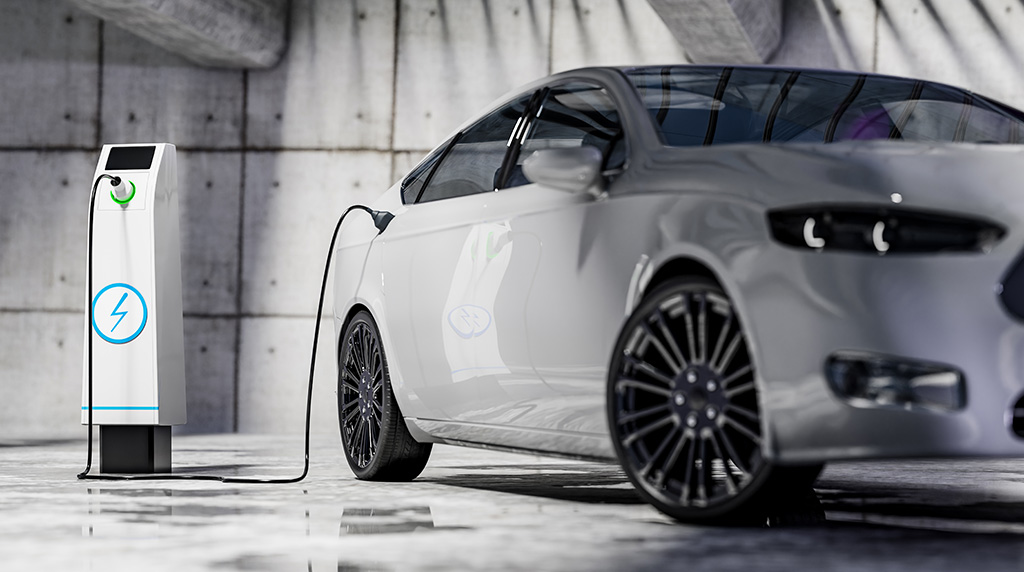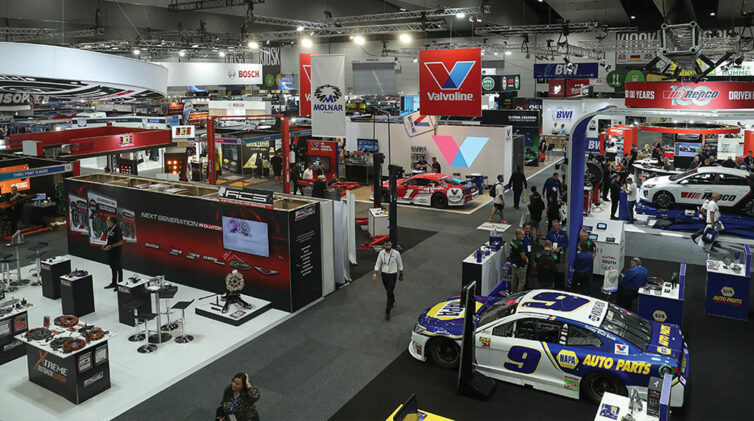The fact is, the top dealers in Europe are no longer preparing for EVs; EV sales are now business as usual.
In fact, in some countries, EV and Hybrid sales make up 20 and 30 per cent of new vehicle sales, respectively.
EU dealers have made physical modifications to their facilities to accommodate the new EV product. They have invested in specialized training for their staff and have encouraged their entire sales teams to drive EVs.
They have leveraged OEM resources to help educate their customers. Many dealers have also adapted their sales processes and team structure to provide a more consultative approach to selling.
But top European dealers, especially top dealer groups, realize that the shift from ICE to electric-powered vehicles is just one of many disruptions coming to the industry. Moreover, they view these disruptions as opportunities to evaluate and reinvent their entire business model, just as OEMs have done.
Many of these dealers believe that developing a nimble culture and rallying their teams to quickly embrace, adapt, and innovate to become market leaders in an EV world will prepare them to win in the next decade.
To quote one EU dealer, “EVs aren’t the future, they’re history. They’re already done. Sure, selling EVs comes with its share of challenges, but complaints or skepticism are futile. Could you stop the pandemic or the microchip shortage? Can you stop Tesla, Lucid, or MG? Or stop your customers from buying a car online? No, no, and no. An inability to adapt to this one change is a telltale sign that you won’t be ready to adapt to all the other changes on the way.”
In summary, top dealers worldwide are Thinking Beyond EVs to the future of automotive retail, and they are using the new EV products to launch the reinvention of their business.
So what does the future of automotive retail look like? And how can embracing, adapting, and innovating to be an EV market leader prepare an Australian dealer for the future?
To get a better understanding of the future, let’s start by looking at just a few of the changes driving OEMs towards completely re-inventing their business model.
THE SALES MODEL IS CHANGING. For many OEMs the days of producing mass quantities of vehicles and then relying on dealers to sell excess production to consumers are over. It’s also not just about filling their dealers’ order banks, and it’s no longer just a battle for volume.
Now, many OEMs are taking order reservations with deposits directly from consumers. Doing so requires a seamless digital retailing experience that starts with the online configuration and ordering process. It then demands tracking each vehicle’s production cycle and communicating with customers while they wait, as well as ultimately working with dealers or local agents to arrange financing and delivery to the dealership or a customer’s home.
THE PRODUCTION MODEL IS CHANGING. Disruptors like Tesla have set new industry production benchmarks. Whereas traditional OEM production and assembly lines still take up to 25 hours per vehicle, Tesla’s factories can produce a single vehicle in just nine hours. This is largely due to the relatively small number of components in EVs, which have 20 components in a typical powertrain while the average ICE vehicle’s powertrain has over 20,000 components.
Even as all OEMs move to producing EVs, streamlining production is no easy feat, considering the complexities of legacy factories, supply chain relationships, and logistics. The biggest challenge for legacy OEMs will be the transition period where they are making both. On top of this, optimizing production requires reducing models down to a handful of trim and option packages. Making this straightforward also benefits the new sales model, because it also makes it easier for customers to build and order a new vehicle online in minutes.
THE REVENUE MODEL IS CHANGING. Traditional ICE-powered vehicles are machines with computers, whereas EVs are computers wrapped in machines. These “computers on wheels” need massive computing capacity, the ability to process tremendous amounts of data in real time over 5G networks, and as autonomous driving software develops, the ability to transfer over-the-air updates to a vehicle’s operating systems. As a result, automotive OEMs are fast becoming computer and data companies.
Subscription add-on services will create additional streams of revenue for OEMs, as will the ability for consumers to unlock additional paid upgrades such as suspension and performance tuning, new levels of self-driving, and even features like heated seats.
In many ways, the revenue model is transitioning from a transactional business model to a hybrid of a transactional-SaaS (Software as a Service) model, especially as the industry transitions into mobility as a service, autonomous driving, and connected cars.
So much so that Mary Barra, CEO of General Motors, recently challenged her leaders to think of vehicles, not as EVs but as software platforms. She also predicted over $25 billion in annual software and new business revenue by 2025, and $80 billion by 2030.
To maximize retail revenue in a transactional-SaaS hybrid business model, OEMs need product distribution (a sales network with a physical footprint), a highly customer-centric support and service model, and a pipeline of future products and services to drive recurring income.
If this is so, what does the role of the automotive dealer or retailer become in this new business model or, as the CEO of a large auto group recently asked, “How can dealers position their businesses to be indispensable to their current and future OEM partners?”
The answer is clear: “If you want to be indispensable to any OEM, then be indispensable to your customers.”
Although that’s true, it’s a huge statement, so let’s break down the steps to becoming indispensable to automotive customers in a hybrid transactional-SaaS business model. To better understand that model, let’s not look to Tesla, but rather to Apple.
How dealers can be indispensable to customers in a transactional-SaaS hybrid model:
- To become indispensable to your customers, your team needs to master product education and experience. An EV purchase is not just another car sale, but is also a lifestyle change. As such, customers will require not only more information about price, features, and benefits, but also about how the technology can solve problems, add value, and integrate into their lives.
In a SaaS business, one of the core valuation metrics is Customer Acquisition Cost (CAC). For automotive dealers and OEMs, the biggest component of CAC may not be marketing, but rather product education and experience. Consider our Apple analogy and imagine a customer with an Android phone contemplating the switch to Apple. This customer probably has many friends who have iPhones and may even have another Apple product themselves, but it’s unlikely that the information they find online will satisfy them, so they will want to make an Apple-Store appointment to learn more from a Product Genius and see their purchase options in person. For many automotive consumers, the switch to EVs will require similar experiences at dealerships.
- To be indispensable to your customers, your team needs to master customer support. For EV sales, this means becoming delivery-and-service-experience experts. While EVs need less servicing than ICE vehicles, they require more tires and filters, and there’s always repair and warranty work. Dealers will need to leverage technology and find ways to make the service experience frictionless.
If this is done well, customers might just reward them with something more valuable than their money — their time. In-person or virtual product advisor-customer meetings could be arranged annually to discuss new software updates, available vehicle upgrades, and new models.
In a SaaS business, quality customer support not only grows retention, but also increases the paid-upgrade opportunities, which in turn, drive up Lifetime Customer Value (LCV). Think of the online support that Apple provides—FAQs, online videos, instant chat via your phone or online, not to mention the first-rate service experience offered at Genius Bar appointments.
- To be indispensable to your customers, your team needs to master customer retention. For EVs, this means retaining your ICE-powered vehicle customers when they convert to EV, as well as accelerating the renewals of your EV customers into their next EV.
I believe that there is tremendous value in selling your customer their first EV in the same way you would if they were purchasing a first car. If this is a positive experience, customers are inclined to stay with a brand for several more vehicle purchases.
In a SaaS business, success is measured by low customer churn rates (defection rates). Growing retention by minimizing churn requires outlining your strategy to maintain contact with customers throughout their ownership cycle in a comprehensive portfolio communication plan.
Such a plan should summarize how you’ll keep your customers informed, anticipate their needs and send them personalized offers. Because Apple is a company that delivers great portfolio communication, let’s reprise that analogy. If you’re an Apple customer, scroll through your emails from the company and you’ll find product updates, Apple events, keynote videos, and conference links—all efforts to remain in relevant contact with customers to prevent churn.
To be prepared for the new EV product, dealers should invest in product training for their teams and in physical adaptations to their dealership facilities.
But that’s only the beginning. To be truly ready for the changes to come, dealers cannot stop there. They will need to Think Beyond EVs. Dealers will need to become indispensable to their customers by mastering product education and experience, customer support, and customer retention.
Dealers who become indispensable to their customers will not only become market leaders in the EV world, but they will also win as the next big waves of change (mobility as a service, autonomous driving, and connected cars) continue to disrupt automotive markets in the next five years.
Jeff Williams is the president & CEO of Absolute Results
By Jeff Williams















 Read More: Related articles
Read More: Related articles

